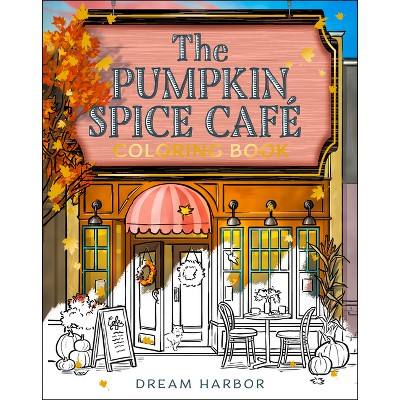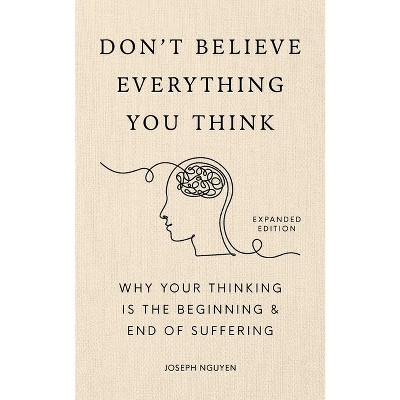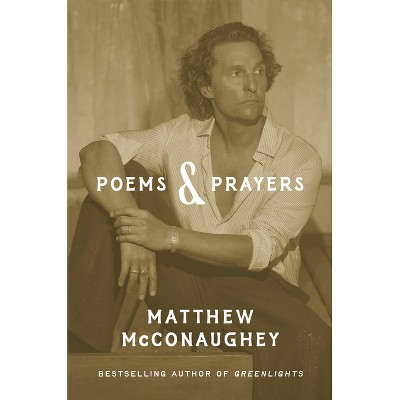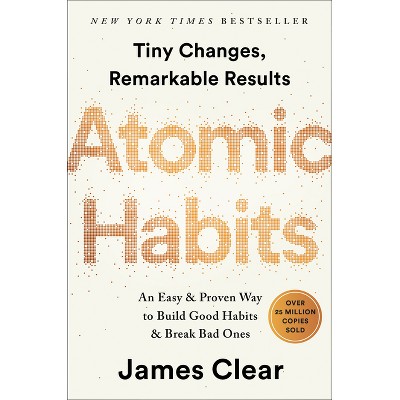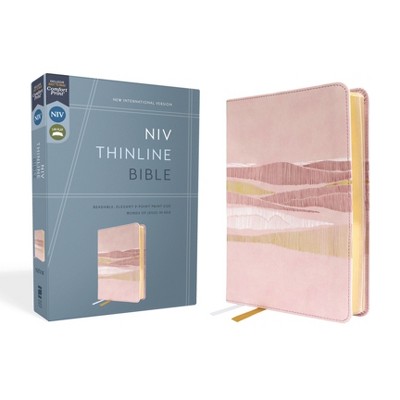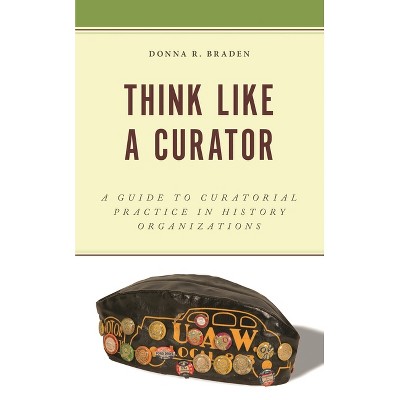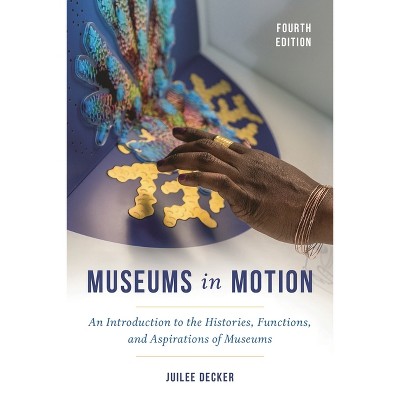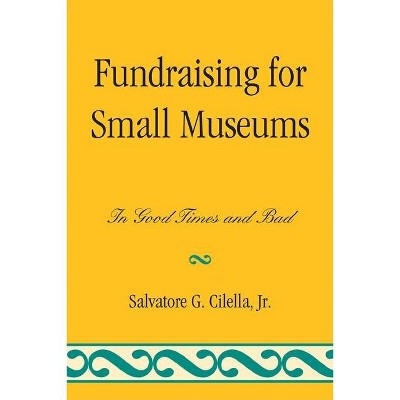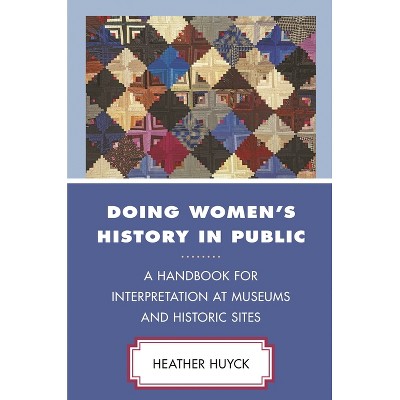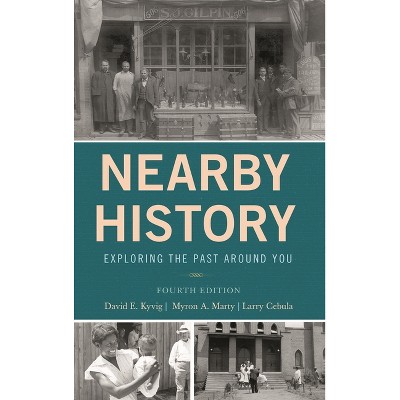Making History - (American Association for State and Local History) by Tim Betz (Paperback)

About this item
Highlights
- This book shows the importance of the Maker Movement for museums and historic sites, and presents a roadmap to building, planning, researching, and using a makerspace alongside more traditional museum programming.
- About the Author: Tim Betz is a museum professional, historian, and artist.
- 144 Pages
- Business + Money Management, Museum Administration & Museology
- Series Name: American Association for State and Local History
Description
About the Book
This book shows the importance of the Maker Movement for museums and historic sites, and presents a roadmap to building, planning, researching, and using a makerspace alongside more traditional museum programming. It calls for a revitalization of living history, which can be d...Book Synopsis
This book shows the importance of the Maker Movement for museums and historic sites, and presents a roadmap to building, planning, researching, and using a makerspace alongside more traditional museum programming. It calls for a revitalization of living history, which can be done through makerspaces and the maker movement.
Review Quotes
Betz makes a compelling case for using makerspaces--usually connected with science museums and STEM education--to make historic sites more dynamic and engaging. Moving beyond historic sites' usual focus on demonstrations and finished pieces, Betz argues that makerspaces enhance empathy, connect past with present, and uncover untold stories.
By rooting living history museums, historic sites, and history organizations within maker culture and examining how makerspaces can (and should!) be a natural fit within the museum ecosystem, Betz demonstrates how the act of 'making' can serve as a gateway for learning as well as a form of research. After sharing an overview of the history and pedagogy of the maker movement and museum education and interpretation, Betz provides a roadmap for building a makerspace, from the ground up, which is supplemented by programming strategies to borrow or build upon and appendices with supplemental materials. He offers a playbook for museum leadership, staff, and emerging professionals seeking to build and sustain 'historic makerspaces.' This book is more than a brief history, critique, and guide - it is a manifesto that embraces 'historic making' as a form of research and practice yielding accessible, experiential lifelong learning and engagement at history museums and organizations.
Though makerspaces are frequently associated with STEM programs in the current landscape, museum professional Tim Betz argues that artists and historians have equal claims on makerspace facilities and services. To contextualize his argument, Betz begins with a brief history of making, highlighting its roots in the Arts and Crafts movement of the 19th century. He then looks at how resilient early-20th-century societies, with their emphasis on self-reliance and a do-it-yourself mentality, shaped the current maker models. Betz goes on to introduce his "Historic Making Manifesto" as a call and challenge to museum professionals to transform visitor experiences from passive observation to active engagement through tactile learning opportunities. Betz concludes with a pedagogical framework, including notes about space planning and budgetary concerns, for historians and museum leaders to use. Sample worksheets, program documentation, recipes, and project ideas are included as appendixes to facilitate discussions among practitioners. This book will be particularly valuable for museum professionals looking to integrate making experiences into their operations, but it is accessible and will be useful for a broad audience. Recommended. All readers.
About the Author
Tim Betz is a museum professional, historian, and artist. He is executive director of the Morgan Log House, a historical society in Lansdale, PA. He is an instructor of art history at Kutztown University of Pennsylvania and is completing his PhD in history at Lehigh University, in Bethlehem PA.
He is particularly interested in historic processes and historic craft, which he uses as a tool for understanding the past.
